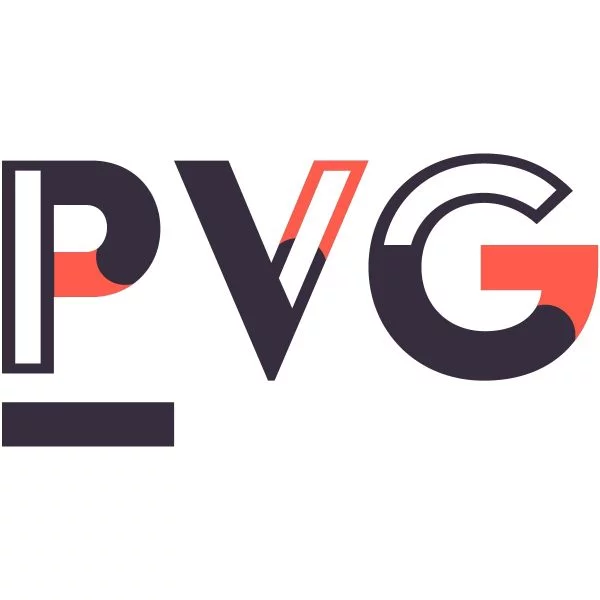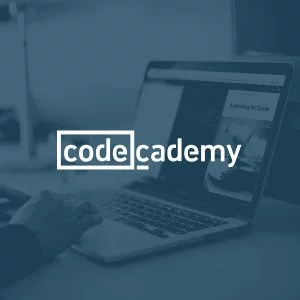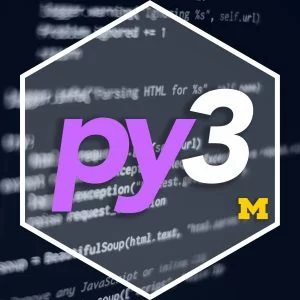
Problem Solving, Python Programming, and Video Games
FREE
This course is an introduction to computer science and programming in Python. Upon successful completion of this course, you will be able to: 1. Take a new computational problem and develop a plan to solve it through problem understanding and decomposition. 2. Follow a design creation process that includes specifications, algorithms, and testing. 3. Code, test, and debug a program in Python, based on your design. Important computer science concepts such as problem solving (computational thinking), problem decomposition, algorithms, abstraction, and software quality are emphasized throughout. The Python programming language and video games are used to demonstrate computer science concepts in a concrete and fun manner. However, a learner can take the knowledge and skills from this course and apply them to non–game problems, other programming languages, and other computer science courses. You do not need any previous programming, Python, or video game experience. However, some computer skills (e.g., mouse, keyboard, document editing), knowledge of algebra, attention to detail (as with many technical subjects), and a “just give it a try” spirit will be keys to your success. Despite the use of video games for all the programming examples, PVG is not about computer games. PVG will still provide valuable knowledge and …
Instructor Details
Courses : 1
Specification: Problem Solving, Python Programming, and Video Games
|
7 reviews for Problem Solving, Python Programming, and Video Games
Add a review Cancel reply
This site uses Akismet to reduce spam. Learn how your comment data is processed.

| Price | Free |
|---|---|
| Provider | |
| Duration | 69 hours |
| Year | 2019 |
| Level | Beginner |
| Language | English |
| Certificate | Yes |
| Quizzes | Yes |

FREE






Joel S –
I really enjoyed this as an introduction to Python course, mostly because it went beyond the confines of the specific programming language and addressed the problem–solving and design process at a more fundamental level. This seems really important as the approach is ultimately more important than the specific tool used to do the job. I feel this gave me a nice grounding in the workings of the Python interpreter and I have a good idea about how to go about approaching different types of programming challenges. I did encounter some challenges along the way with some of the testing items, especially toward the end of the course. In some of the programming hurdles, I found it difficult to figure out what exactly the input of the program would be, so it was hard for me to prepare the class or function to handle. That led to some situations where my version of the program worked as directed, but I kept getting rejected by the test version. This got frustrating but I muddled through. The help of one of the staff (Jullienne) was so helpful in finally getting through one of these issues. I also must say that some of the most challenge I faced was in the algorithm builder. Those are just so hard to get right. Something about it is just not intuitive and the hints are sometimes oddly misleading. The builder does use embedding well, but something about it is not quite obvious. I feel like if I could see the whole thing broken down as on one page (like an x–bar diagram in linguistics), it would all be obvious. But since you can’t see all the parts at the same time, it’s hard to remember the other variables that are going on off–screen. The frustration level was high with those exercises. I really enjoyed the presentations by the teaching team. It’s quite analytical delivery (which I like) and I often found myself replaying the videos multiple times to ensure that I got things correct. Many thanks to the team for their effort in designing and delivering the course. Your care for your craft is very apparent and I appreciate that level of dedication. I must confess that in the last few versions of Poke the Dots, I couldn’t get my version to function properly and I had to just push forward to force the solution. I think I have a handle of the general idea and I understand how they reached the solution in the last two versions, but I just couldn’t quite make it happen in my version. I’m pretty disappointed in myself for that, but I guess I will just have to accept it. Anyway, thank you so much and please feel free to contact me with any follow up questions on my experience.
keesari s –
As a postgraduate student, I find this course very interesting. I like their way of conveying. Thank you coursera.
Sandy H –
Very Informative by helping you learn programming long term!
Ben S –
it’s a bit boring
jared k –
The lexical, syntactic and semantic quizzes in this course created more confusion than clarity. Also PyGame doesn’t work in a number of GUI’s (including IDLE), making the course significantly more difficult to complete.
Quan C –
If you want to learn Python in a practical way, don’t choose this course. Too many quits ask you to analysis Semantics problems of stupid codes– Who cares?
Itamar P –
Great course, teaches you all you need to know. Recommended.